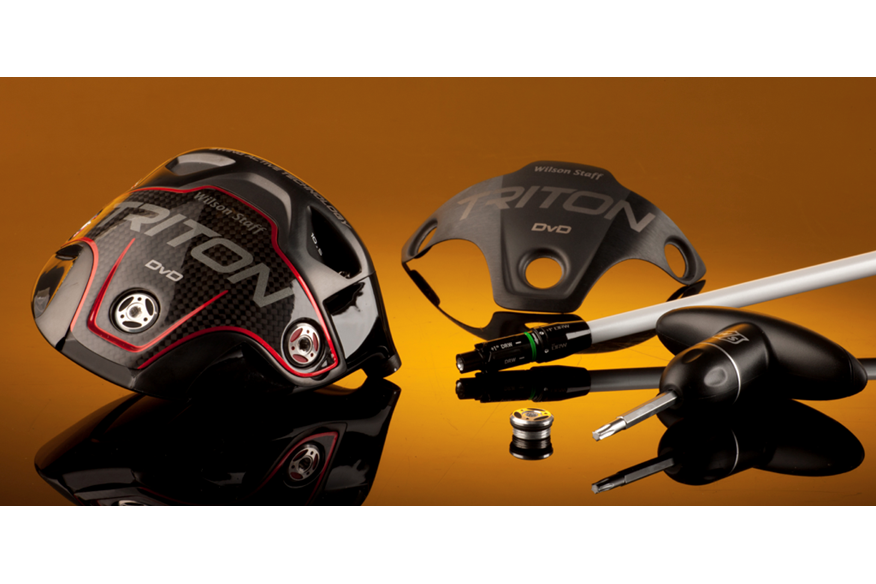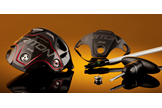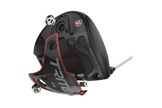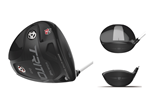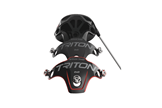Tested: Wilson Staff Triton driver
Last updated:
Amateurs don’t often get the chance to design their own driver. But Wilson Staff’s president Tim Clarke thought it would be interesting to see what normal golfers might come up with – so he teamed up with the Golf Channel to make it happen.
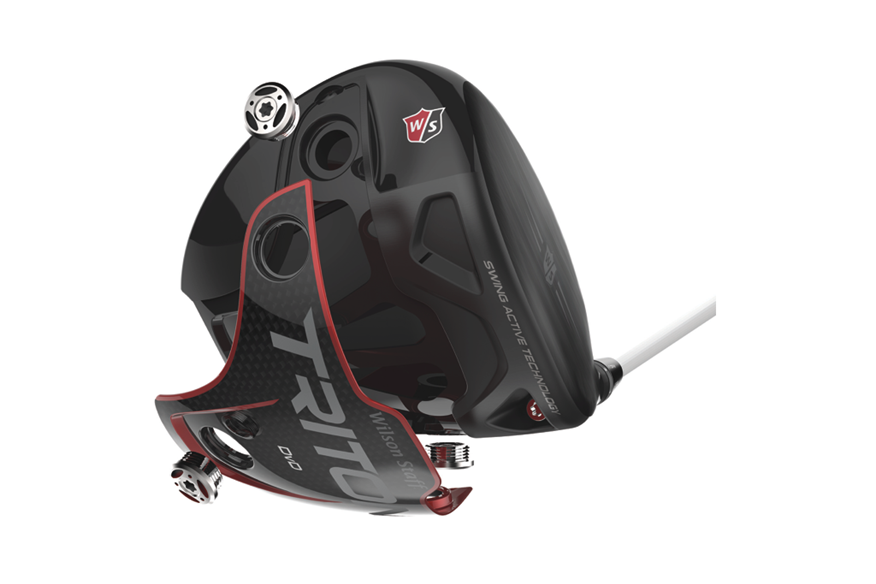
Wilson put up a $500,000 prize and created a reality TV style show called Driver v Driver. After seven shows of dragon’s den-style product pitches, Eric Sillies’ design (a graduate of the University of Cincinnati) was chosen by Wilson as the one they wanted to bring to market. And his club would not only be sold at retail, but PGA Tour player Kevin Streelman would put it in play. The Triton’s now available in the UK so we thought it was time to see how a driver designed by an amateur performs against one of our favourite big-name drivers of 2017.
How we did it:
To ensure an accurate strike we got our test pro Chris Ryan to hit shots with the Triton in each of its set-up positions – with 22g titanium sole plate and a 9g carbon fibre version. Both can be interchanged, each held in place by three weight screws. The sole plates move the centre of gravity vertically, while the screws that hold them in place move it horizontally. Our Foresight Sports GC2 launch monitor collected data for each shot hit, with major misses being rejected.
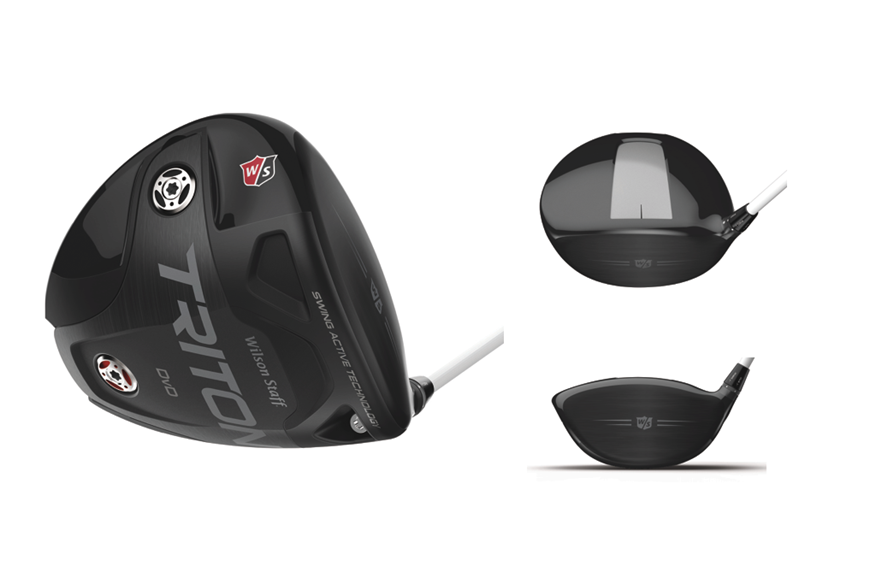
Details:
RRP £349. Lofts: 9° / 10.5° / 12°.
Stock shafts: Aldila Rogue Black and Silver +10 custom shafts at no upcharge.
Adjustable hosel: Yes.
How much loft change: +/- 1° (plus 3 draw settings).
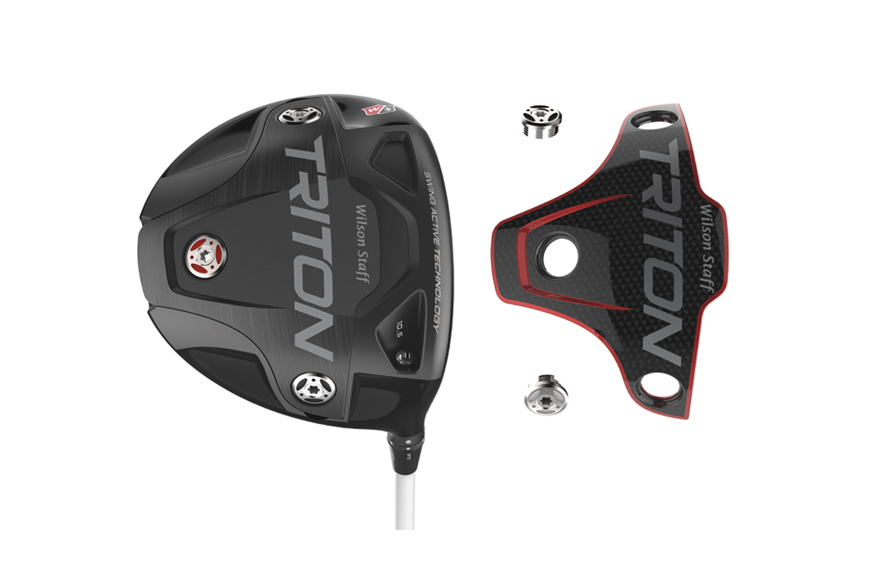
Carbon-fibre sole plate
At 9g, the Triton’s carbon-fibre sole plate is as light as a feather, and less than half the weight of its titanium counterpart. Wilson say it’s for golfers who prefer a more penetrating ball flight and lower spin. It clearly delivered for our test pro, as spin dropped by 300rpm, ball speed rose by 2mph which all added up to an extra 10 yards of carry distance.
Ball speed: 176mph
Launch angle: 10.1°
Backspin: 2071rpm
Carry distance: 305 yards
Total distance: 324 yards
(6g weight at the back, most forgiving set-up)
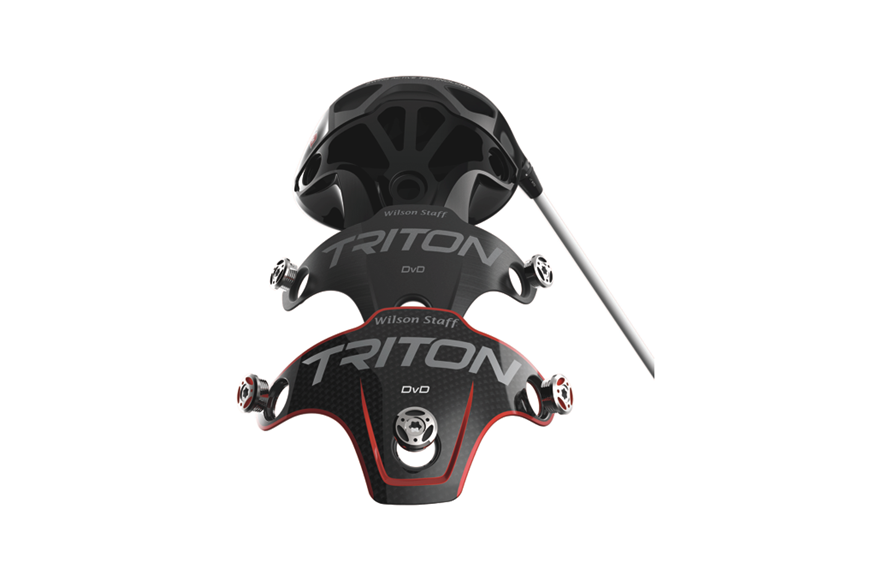
Titanium sole plate
Wilson says the 22g titanium sole plate positions more mass lower in the head and is aimed at golfers needing a mid to high launch with low spin. Our test pro is usually better suited to slightly higher launching drivers, but for him the Triton’s slightly higher-spinning titanium sole wasn’t his best match, even in its most forgiving set-up.
Ball speed: 174mph
Launch angle: 10.1°
Backspin: 2362rpm
Carry distance: 295 yards
Total distance: 313 yards
(6g weight at the back, most forgiving set-up)
Our verdict:
Our data shows the two sole plates definitely affect spin and launch by decent amounts – 10 yards of extra carry from the best set-up is not to be sniffed at. Our test pro thought it produced a particularly flat ball flight, which some would say is unforgiving, but he really liked the feel and sound with the carbon sole plate installed. Some will find the bold silver alignment and swing plane stripe on the crown a bit offputting, but if we’re just talking performance and keeping personal preferences to ourselves, the Triton is
a powerful and very capable club.
How it compares to our pro’s longest 2017 driver…
The TaylorMade 2017 M1
Ball speed: 179mph
Launch angle: 12.5°
Back spin: 2418rpm
Carry distance: 310 yards
Total distance: 327 yards
